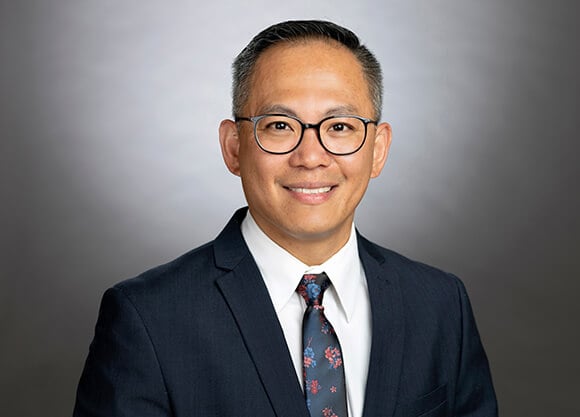
9/11 changed the way occupational therapy is practiced
September 08, 2021

September 08, 2021

On September 11, 2001, I was on my way to work at Lincoln Medical Center in South Bronx.
I was running late, there was the usual traffic on Bruckner Expressway and I was sitting squarely southeast with the full view of the World Trade Center to my left, listening on the radio, I think it was WNYC, when a commentator remarked that there was a plane flying low in lower Manhattan. The radio went silent for a bit, seconds later, it came back live and a reporter on the ground was talking about debris flying on the ground. From a distance, I spotted smoke billowing from one of the towers. I didn’t know what to make of it until I went in. A few minutes into my office, a plan hit the second tower.
I was mainly working in a hospital-based outpatient service. But that morning was extra eerie, for there were not many patients except for those who got there before the events took place. Those who did not have a car had to leave by hospital shuttle… no subways were running, no inter-borough buses were running. All bridges and tunnels were for emergency use only. For the rest of the day, all clinical staff were asked to remain and help with the triage process. I was there until 11 p.m. but I did not get pulled in to assist at the ED or anywhere in the hospital.
It took several weeks when I finally had first-hand experience working with a couple of 9/11 survivors. One had multiple finger amputations, the other some physical disfigurement to the arms and torso, both due to the effects of burns. Professionally, working with these survivors convinced me to remain as an OT and pursue my Certified Hand Therapist designation.
At that time, I was waiting to get my greencard and then apply to medical school. I was accepted at a post-bacc premed with a guaranteed acceptance to four New York schools as long as I graduated with a certain GPA. In NYC, there were only two Burn Centers, New York Presbyterian and Jacobi Medical Center. I eventually landed employment at the former, before coming to QU. In my early years at QU, I would lecture to other programs about burn care and share a bit of my 9/11 experience to students.
On a much larger scale, 9/11 changed OT practice in a number of ways. Following 9/11, the US under President Bush embarked on the “war on terror.” The profile of OT in the military became quite prominent, addressing both the physical and psychological effects of the war on veterans. Through the military, OT practice expanded into:
addressing the acute and ongoing physical effects of poly-trauma – both orthopedically and neurologically
collaborating to develop adaptations to new technologies – e.g., from prosthetics and robotics to gaming.1
addressing mental health and community re-entry for the honorably discharged
addressing combat resiliency for those who are still enlisted
Just recently, the Army developed a doctor of occupational therapy program, in partnership with Baylor, especially designed to build the capacity of the Army to take care of its own.
1 Learn more about this topic from American Occupational Therapy Association or from Army Veteran Erik Johnson.
Quinnipiac Today is your source for what's happening throughout #BobcatNation. Sign up for our weekly email newsletter to be among the first to know about news, events and members of our Bobcat family who are making a positive difference in our world.
Sign Up Now